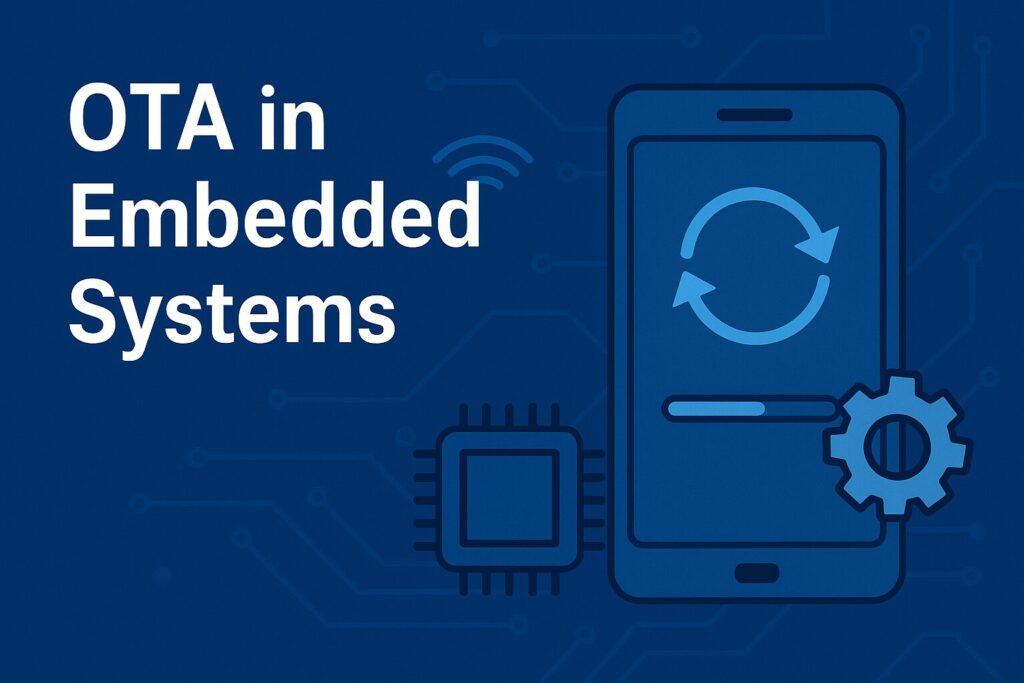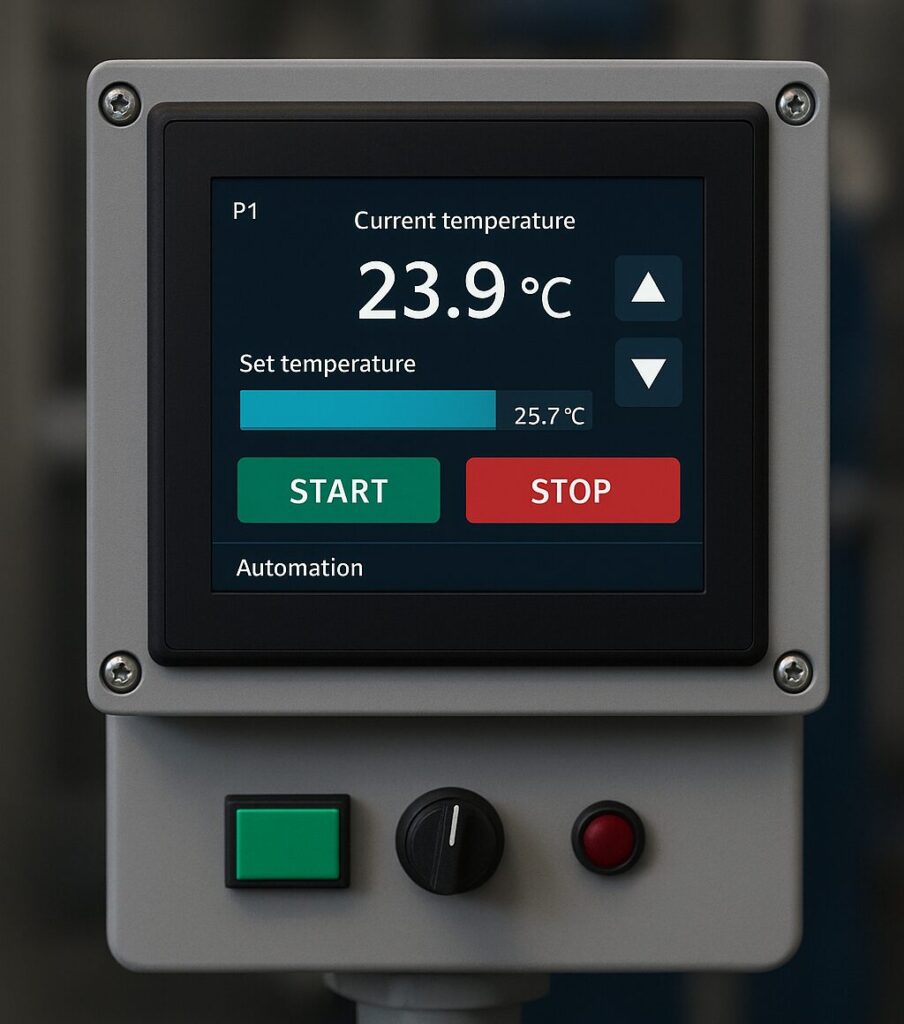What is a Microcontroller?
A microcontroller is a small computer. It contains a CPU (processor), memory (RAM, Flash), and input/output units (I/O ports) — all on a single chip. This allows an MCU to independently collect data from sensors, control motors, and operate devices.
In short: an MCU is a compact, cost-effective, and powerful control unit. Today, it works in millions of devices as an “invisible brain.”
Basic Features of a Microcontroller
The main difference from a regular computer is that all components are integrated on a single chip:
- CPU (Processor): Processes data and executes instructions.
- RAM: Temporary working memory during operation.
- Flash Memory: Permanently stores the software (firmware).
- I/O Ports: Used to read sensor data or control motors.
Thanks to these components, a microcontroller can independently control a device. For example, a washing machine uses a microcontroller to operate all motors, pumps, and buttons.
Microcontroller vs. Microprocessor
These two terms are often confused:
- Microprocessor: Used in computers, tablets, or smartphones. Cannot operate independently and requires external memory and I/O connections.
- Microcontroller: Contains CPU, RAM, Flash, and I/O units on a single chip. Needs few external components and can directly control a device.
Examples:
- Microprocessor → Intel Core i7 (Laptop)
- Microcontroller → ATmega328 (Arduino) or STM32
MCUs are therefore ideal for small, self-contained systems.
MCUs in Everyday Life
We use MCUs every day without noticing:
- Remote controls
- Washing machines and dishwashers
- Microwaves
- Air conditioners
- Cars: ABS, airbags, engine control
- Smartwatches
- Electronic toys
In short: from home to the car, microcontrollers are everywhere.
Applications of Microcontrollers
MCUs are used in many areas:
- Industrial automation: Controlling factory machines, robot arms, sensor processing.
- Consumer electronics: TVs, household appliances, kitchen devices.
- Automotive: Engine control, safety systems, multimedia.
- Medical technology: Blood pressure monitors, sensors, wearables.
- IoT (Internet of Things): Smart home control, wireless sensors, remote control.
Working with MCUs
Getting started is easier than you think. Popular platforms for beginners:
- Arduino: Simple structure and large library support — ideal for hobby projects.
- STM32: More powerful, suitable for professional industrial projects.
- ESP32: With built-in WiFi and Bluetooth, perfect for IoT projects.
With these platforms, you can:
- Turn LEDs on and off
- Control motors
- Read sensor data
- Implement wireless communication
Advantages of Microcontrollers
Thanks to their simple yet powerful structure, MCUs offer many benefits:
- Compact
- Low power consumption
- Cost-effective
- Real-time capable
- Supports various communication protocols such as UART, SPI, I²C, CAN
Therefore, they are used for both hobby projects and industrial systems.
Frequently Asked Questions
- What is an MCU in short?
A microcontroller is a small computer that combines processor, memory, and I/O units on a single chip. - Difference between microcontroller and microprocessor?
A microprocessor cannot operate independently and requires external memory and I/O. A microcontroller contains all components and can control a device on its own. - Where are microcontrollers used in daily life?
In remote controls, household appliances, cars, smartwatches, toys, and IoT devices. - Which boards are suitable for learning?
Arduino for beginners, STM32 for professional projects, ESP32 for wireless applications.
Conclusion
MCUs are one of the most important technologies in modern electronics. From simple toys to smart home systems, from cars to industrial automation — they control millions of devices. Their compact design, low power consumption, and low cost make them indispensable for both hobby and professional applications.
Thanks to MCUs, complex processes can run on a single chip. For example, a washing machine can control motors, read sensor data, monitor the control panel, and implement safety measures — all with one MCU. This reduces cost and simplifies design.
In the future, their importance in IoT, smart cities, wearables, and industrial automation will continue to grow. With real-time processing and various communication protocols, they form the backbone of modern technology.
Learning about microcontrollers benefits electronics enthusiasts: it provides both theoretical and practical knowledge, enhances creativity, and improves problem-solving skills. Arduino offers an easy entry point, while STM32 or ESP32 enable complex and wireless projects.
In short: microcontrollers are the invisible heroes of electronics. Small, cost-effective, and powerful, they will continue to control millions of devices and shape technological development.
🔗 Get in touch with us :
Phone/WhatsApp: +41 76 212 8248
✉️ E-Mail: info@revantechnology.com
For detailed information about our services in electronics development & PCB design:
Revan Technology – Your partner for professional electronics and PCB development
Discover our recent work:
Revan Technology – Our Projects


